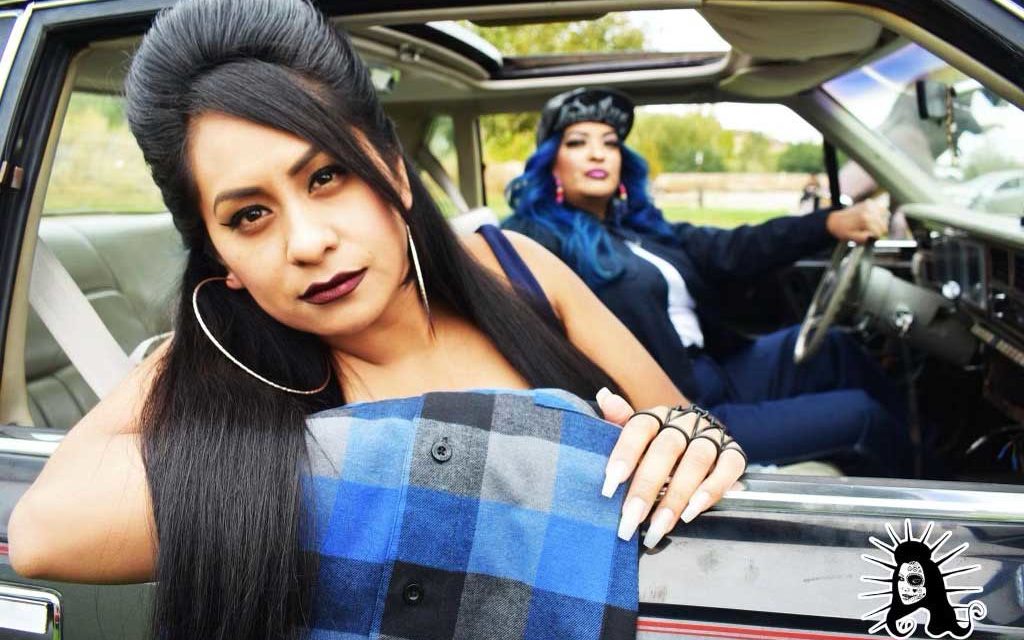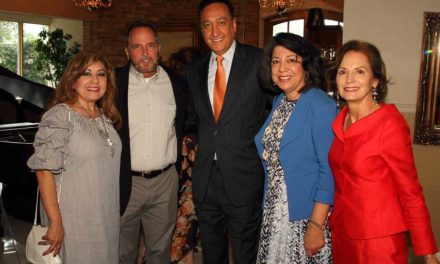Racial appropriation is not new to the Mexican American female aesthetics of a Chola. “Chola” immediately brings a specific aesthetic lifestyle to mind when you hear the word. Out of all subcultures, I believe it’s one of the most iconic beauty references that has stood the test of time; Dickies with suspenders, white sleeveless undershirts, berry-colored lip liner, and Aqua Net enabled peacocky height hair with a crest of curl up top, and the strong energy that screams “don’t mess with me”.
The new and old interest in the chola style has been borrowed, mocked and ridiculed for the benefit of “modern” ideas. Mockery of the Chola style speaks volumes of the basic tolerance of racism that is so accepted in society. This is why I think it is necessary to recognize where the iconic style is rooted. The chola is more than a style. It is a part of our ancestral culture.
In the late 30’s, Pachuco culture was introduced by Mexican American teens. Their fashion style was considered indecent and not accepted in white culture. Little did they know the bold looks would pave the way for generations to come.
Pachuca style became outdated in the mid 60’s. This is when the new subculture of the chola began. Working class Mexican Americans and the Chicano Power Movement not only reclaimed it, but they also flipped and empowered a word that has historically been used to belittle latinos. Chola/cholo would now define a new street style and subculture of its own.
The ritual of getting ready was much more decorative, almost like a war paint. Sexism, extreme racism, and hardships were a continual daily struggle that these women faced. Their strength was shown through tough street style and affordable enhancements that blended glamour with an inherent toughness of feminine strength. This glamor routine was meant to entice and intimidate. Fashion styles and makeup styles still surround the chola style. Imitation is a form of flattery, but in some cases, we have seen it as a form of plagiarism . We must question whether this is an admiration or a straight rip off. The chola beauty style has continued to evolve over the decades, but they have always stayed routinely intense and modern. Always with a nod to the
past. This is probably why unlike most subculture beauty trends, it has never really left pop culture.
Besides the stigma of being heavily tied with Southwest Gang culture, the chola is significant in the Latina community, representing a strong inherently independent woman. This is why I find it a shame when Latina women make a mockery of their own ancestral culture with the intention of humiliating their own people. We need to build our people up. In the face of adversity, like the Cholas, we should use the power of beauty to show our Latino power.
(Photos by
Madeline Alviso Ramirez)








